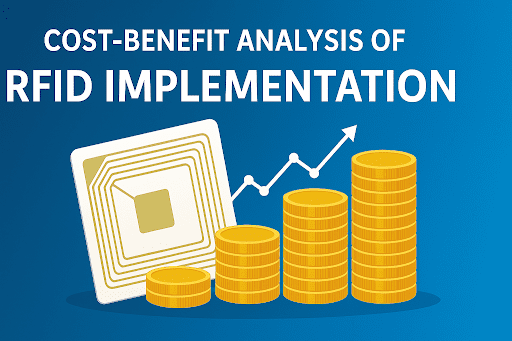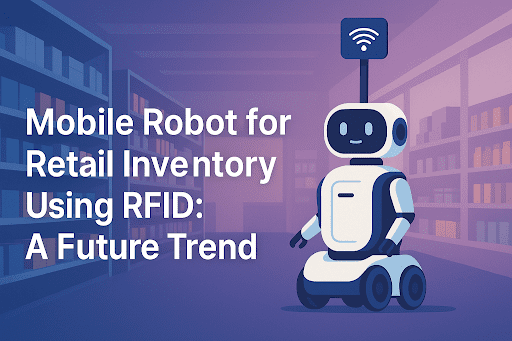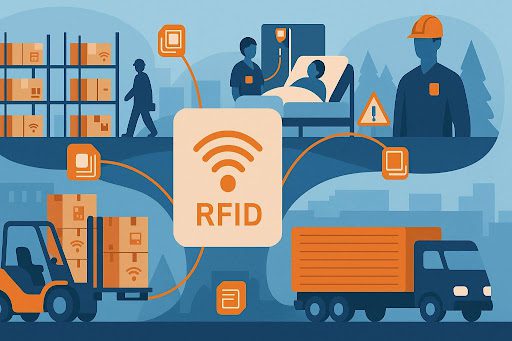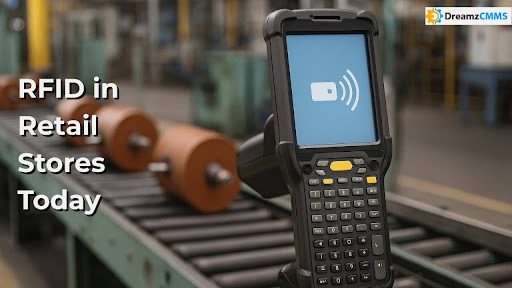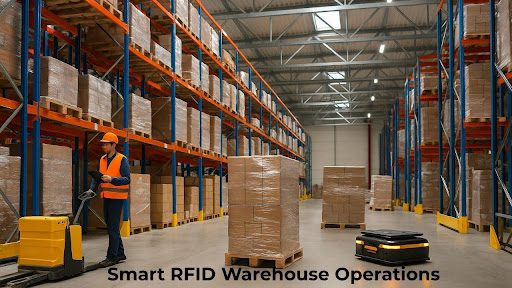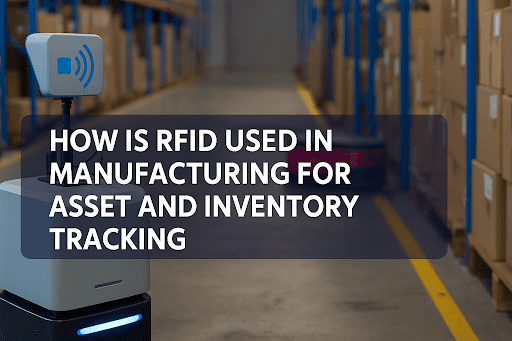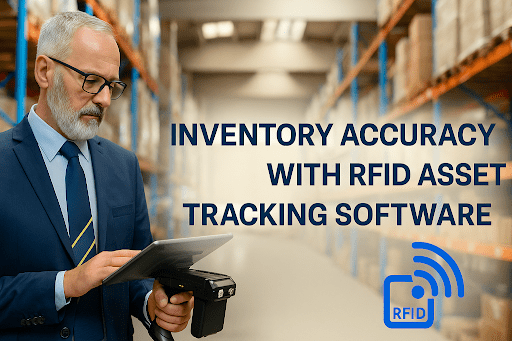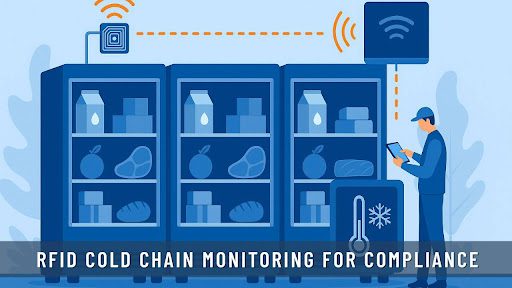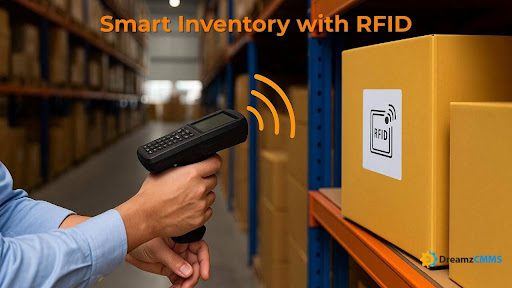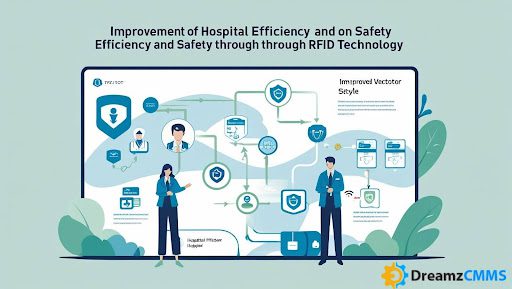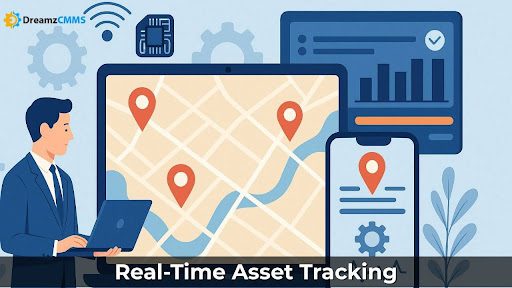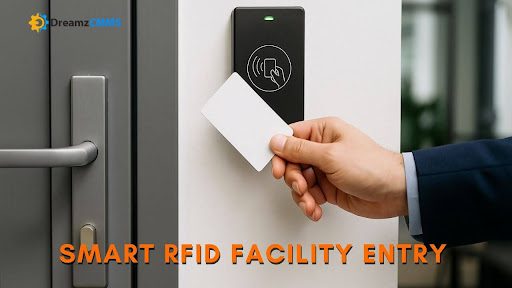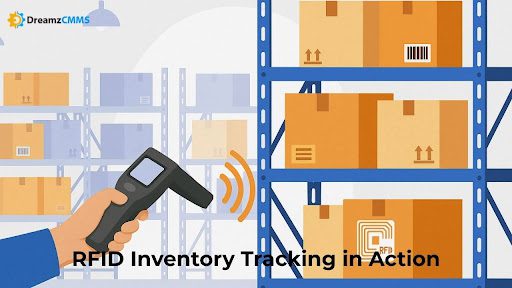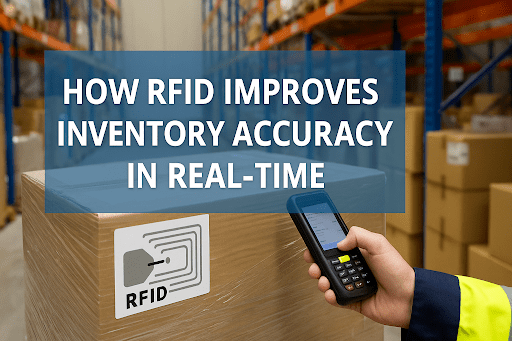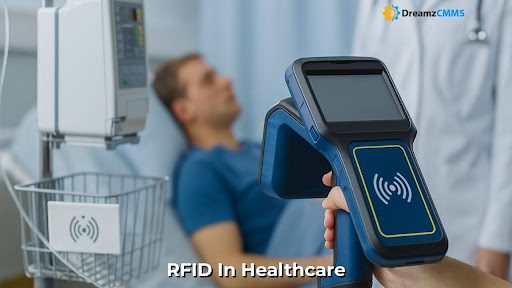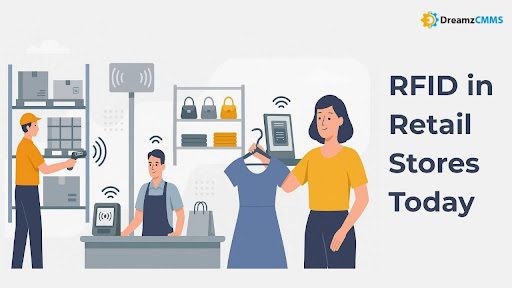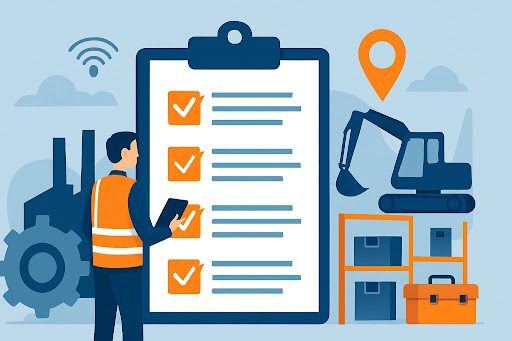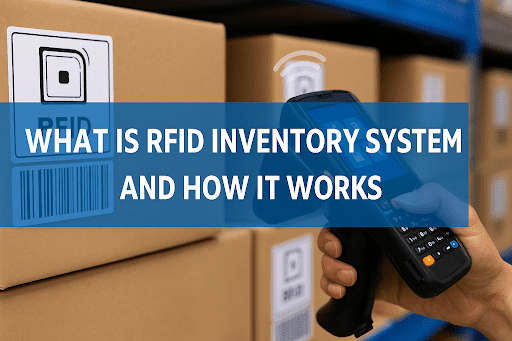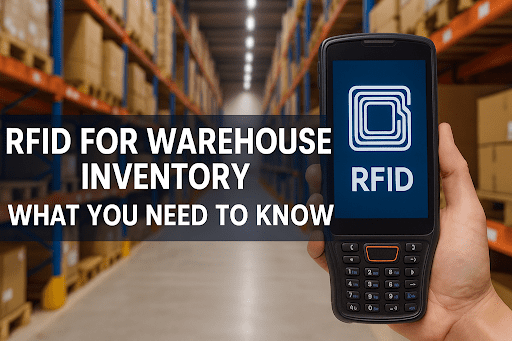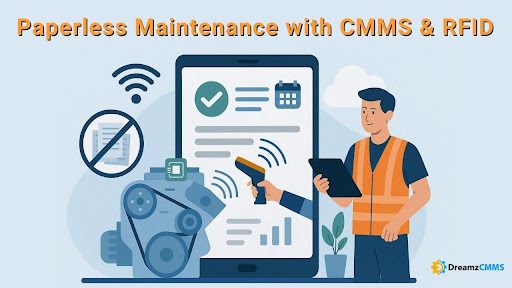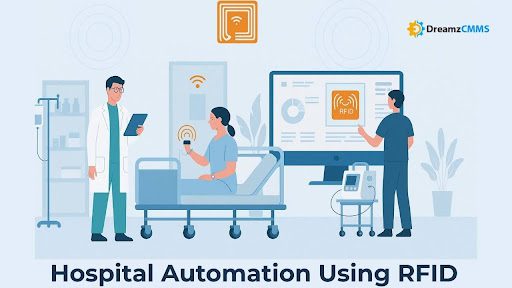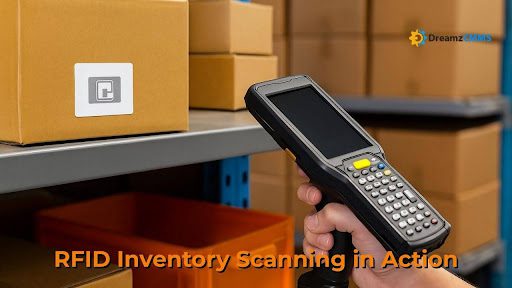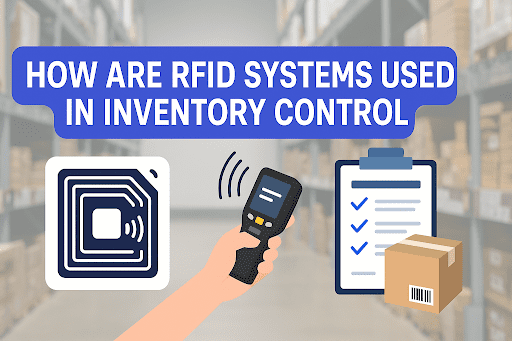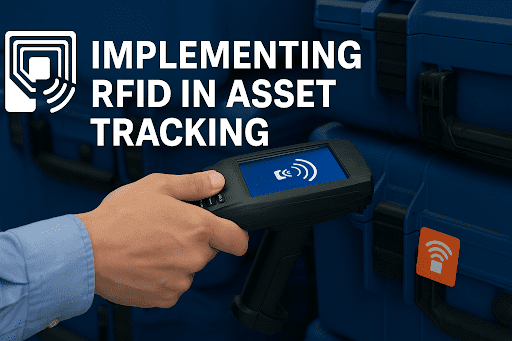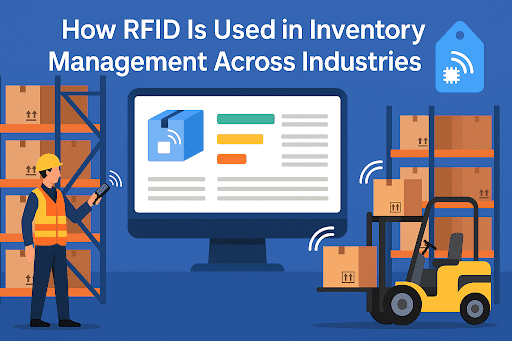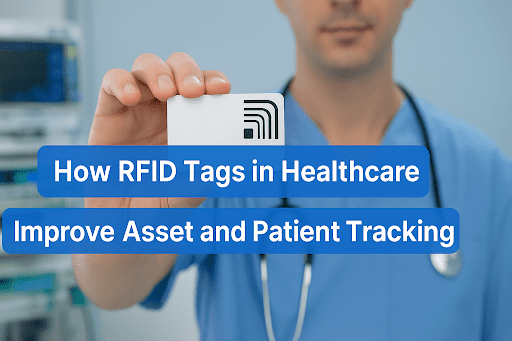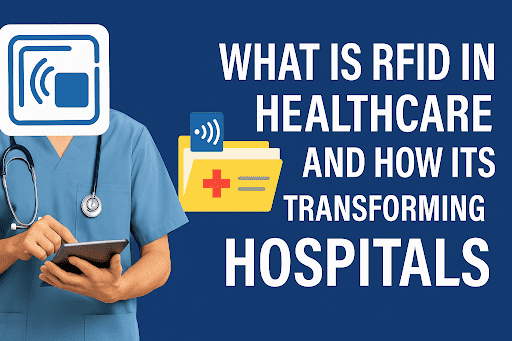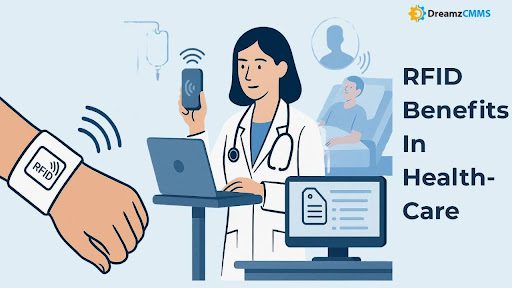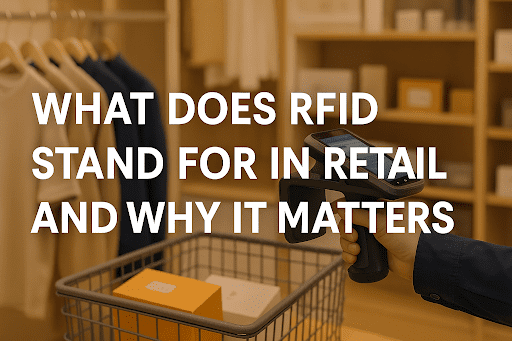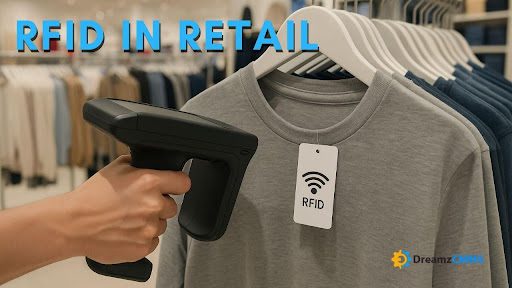 BACK TO Blog
BACK TO Blog
Asset Rental Management
RFID Asset Tracking
Why It Is Time to Rethink Traditional Barcoding Barcoding has been the industry standard for decades. It is simple, cheap, and familiar. But in today’s data-driven environments where speed, precision, and visibility define success barcodes are showing their age. For asset-intensive industries, every second spent scanning, logging, or correcting errors
- May 23, 2025
- DreamzCMMS Team
- 1 minute read

- May 23, 2025
- DreamzCMMS Team
- 1 minute read
Why It Is Time to Rethink Traditional Barcoding
Barcoding has been the industry standard for decades. It is simple, cheap, and familiar. But in today’s data-driven environments where speed, precision, and visibility define success barcodes are showing their age.
For asset-intensive industries, every second spent scanning, logging, or correcting errors affects uptime, efficiency, and decision-making. This is where RFID for asset tracking delivers a meaningful upgrade. Unlike barcodes, RFID tags do not require line-of-sight. They can be scanned in bulk, embedded into equipment, and tracked automatically across locations.
In this blog, we will explore the benefits of RFID over traditional barcoding and how decision-makers can use this shift to streamline operations, improve accuracy, and reduce manual overhead.
This is not about replacing a label. It is about rethinking how you manage physical assets in a digital world.
Where Traditional Barcoding Falls Short
Barcodes brought structure to inventory and asset tracking. But what once revolutionized data collection now slows it down.
Barcoding still has a place in many organizations but its limitations are clear, especially at scale.
1. Line-of-Sight Dependency Slows Operations
Barcodes must be visible and individually scanned. That means every box, asset, or piece of equipment must be manually aligned and read. In fast-moving environments, this costs time.
With RFID for equipment management, scanning can happen without direct line of sight. A technician walking past tagged items can capture their presence instantly, no aiming, no pausing.
2. Single-Item Scans Add Labor
Barcodes operate one at a time. Scanning dozens or hundreds of items becomes a repetitive, time-intensive task.
RFID readers, in contrast, allow for automated asset identification. Teams can process entire bins, toolkits, or storerooms in seconds, reducing check-in/check-out friction and minimizing the need for manual entry.
This improves efficiency and accuracy especially when integrated with Facility Management Software or DreamzCMMS for real-time updates.
3. Limited Data and High Error Rates
Barcodes store static information. Any updates require generating and printing a new label. And if a barcode is smudged, torn, or misaligned, it may not scan at all.
RFID tags are more durable and support contactless data capture. They can carry more complex asset data, support real-time status changes, and offer better reliability in harsh environments.
This is especially useful in maintenance workflows, where accuracy and speed directly impact downtime and compliance.
4. No Real-Time Location or Status Visibility
Barcoding tells you what was scanned but not where it is now. That gap forces teams to rely on manual logs and assumptions.
With real-time inventory monitoring through RFID, assets update their status as they move without requiring human input. This allows executives to make faster, more confident decisions based on live data not static spreadsheets.
RFID Gives You More Than Just a Faster Scan
Switching from barcodes to RFID is not about scanning differently. It is about managing assets more intelligently without adding more effort. For companies handling equipment across multiple sites, RFID unlocks speed, accuracy, and control that older systems simply cannot match.
1. Faster Processes, Even at Scale
With barcodes, teams scan one item at a time. RFID reads dozens, sometimes hundreds of tags in seconds, even if they are inside crates, under shelves, or moving on carts.
That makes real-time inventory monitoring possible, not just theoretical. Warehouses process shipments quicker. Field teams spend less time on checklists. Operations keep moving.
2. Fewer Errors, Better Confidence
Manual systems leave room for mistakes. One wrong scan or missed entry can throw off a whole report. By improving accuracy with RFID, organizations cut out those risks. Scans are automatic. Logs update instantly. Teams work with confidence, not guesswork.
This becomes even more powerful when RFID is linked to Asset Maintenance Management Software, where decisions rely on clean, reliable data.
3. More Data, Better Decisions
A barcode gives you a number. RFID gives you a full story. When used with RFID Asset Tracking Software or DreamzCMMS, each tag can show you everything from service history to ownership, location, and warranty status. That helps technicians make faster calls, and managers plan smarter.
In facilities and maintenance, that kind of visibility is gold.
4. Real-Time Location, Without the Chase
Barcoding tells you where something was. RFID tells you where it is. With fixed readers or mobile scans, RFID systems keep track of equipment as it moves without anyone needing to check it in or out.
For leaders, that kind of RFID in maintenance and facilities use case cuts down on lost tools, speeds up inspections, and eliminates bottlenecks between departments.
Still Relying on Manual Barcodes to Track Critical Assets?Barcoding worked when speed and scale were not mission-critical. But today’s operations demand more visibility, more accuracy, more control. DreamzCMMS integrates seamlessly with RFID Asset Tracking Software to give your team real-time insights, faster processes, and fewer errors across every site, every shift.Request a Free Demo today to experience how smarter tracking leads to stronger results. |
How to Evaluate RFID as a Business Decision
Every upgrade has a cost. The real question is whether it delivers more than it demands. For many organizations, RFID is no longer a technology decision. It is a leadership one.
Here are three areas executives should focus on when weighing RFID against traditional barcoding.
1. Time Saved vs. Cost Spent
Barcodes are inexpensive but slow. RFID tags cost more per unit, but they reduce the hours your teams spend scanning, logging, and verifying assets.
Think about where your people lose time:
– On the job site checking tools in and out
– In the warehouse validating deliveries
– In the field trying to locate missing equipment
When you apply automated asset identification, those tasks shrink. That time goes back to operations. That is real savings without cutting corners.
2. Does It Fit Where You Are Going?
RFID shines in environments where things move often and speed matters. If your operation is scaling, growing across locations, or dealing with high-value gear, barcodes may start to show cracks.
RFID systems work better as your volume grows. And because they integrate easily with platforms like DreamzCMMS, Facility Management Software, and Asset Maintenance Management Software, you can connect asset data to maintenance logs, work orders, and financial planning.
That kind of alignment supports better asset care and clearer decision-making.
3. It Is Not Just About Tracking It Is About Control
RFID gives you more than a location. With contactless data capture, your teams can read service history, warranty details, and inspection dates without opening another app. That makes audits easier, keeps compliance tighter, and gives leadership more insight into how resources are being used.
Using tools like RFID Asset Tracking Software, you get more than a snapshot. You get a story told in real time. And that story helps leaders act faster, plan smarter, and avoid surprises.
RFID Delivers More Than Speed It Delivers Control
Barcodes got us started. RFID moves us forward. For asset-intensive industries, time and accuracy are everything. Every delay, every manual step, every tracking error adds cost. RFID removes those points of friction turning asset management from a reactive task into a proactive advantage.
What executives gain with RFID is not just faster scanning. It is better visibility, fewer blind spots, and real-time data that drives smarter choices.
With RFID systems integrated into platforms like DreamzCMMS, RFID Asset Tracking Software, or Asset Maintenance Management Software, your teams no longer chase information they act on.
That means:
- Equipment is where it should be
- Maintenance happens on time
- Audits take less effort
- Decisions happen faster
RFID is not just about tagging assets. It is about transforming the way you manage them across departments, locations, and lifecycles.
Recommended ReadsContinue strengthening your asset strategy and operational visibility with these expert resources:
|
Unlock Real-Time Asset Control with DreamzCMMSReady to move beyond manual tracking and start making decisions with confidence? DreamzCMMS helps you integrate RFID into every layer of your operations from check-in/out and service history to full-lifecycle planning. Request a Free Demo today and discover how RFID-connected insights can reduce loss, improve uptime, and support better business outcomes. |
Ready for More?
Talk to one of our CMMS experts and see how DreamzCMMS can simplify your maintenance operations.
Book a free consultation